Electric vehicle (EV) drivers now have a six pence per mile (ppm) advantage, according to the latest analysis from AA’s EV Recharge Report.
Last week, the average price was down to 134.7p a litre – just 0.4p a litre below the low-point in March. That left the cost per mile at around 11.8p a mile.
Meantime, the Ofgem energy price cap still leaves those powering their EVs from home with a cost of 5.65ppm if they are on the worst case standard rate.
Variable rate kerbside charging is giving an average off-peak saving over petrol of almost 2ppm and, when an unplanned charge is needed outside the home, average costs have dropped 5.8% this month to leave the cost per mile less than 3ppm more than petrol.
However, the AA’s analysis reveals that off-peak rapid charging is still beating petrol by a penny a mile, now at 10.6p.
AA EV Recharge Report, March 2025 - flat rates
|
Charge Type |
Speed |
March Ave (p/kWh) |
February Ave (p/kWh) |
Difference (p/kWh) |
Cost to add 80% charge |
Pence per mile (ppm) |
|
Domestic |
Up to 7kW |
25 |
25 |
0 |
£10.00 |
5.65 |
|
Slow |
Up to 8kW |
50 |
50 |
0 |
£20.00 |
11.30 |
|
Fast |
8-49kW |
60 |
59 |
1 |
£24.00 |
13.56 |
|
Rapid |
50-149kW |
74 |
74 |
0 |
£29.60 |
16.72 |
|
Ultra-rapid |
+150kW |
78 |
78 |
0 |
£31.20 |
17.63 |
|
PETROL |
135.60 ppl |
139.80 ppl |
-4.20 ppl |
£43.39 |
11.86 |
|
Source: The AA
AA EV Recharge Report, March 2025 - peak and off-peak rates
|
harge Type |
Speed |
March Ave (p/kWh) |
February Ave (p/kWh) |
Difference (p/kWh) |
Cost to add 80% charge |
Pence per mile (ppm) |
|
||||
|
Slow Off-Peak |
Up to 8kW |
44 |
44 |
0 |
£17.60 |
9.94 |
|
||||
|
Slow Peak |
Up to 8kW |
65 |
69 |
-4 |
£26.00 |
14.69 |
|
||||
|
Fast Off-Peak |
8-49kW |
54 |
54 |
0 |
£21.60 |
12.20 |
|
||||
|
Fast Peak |
8-49kW |
85 |
85 |
0 |
£34.00 |
19.21 |
|
||||
|
Rapid Off-Peak |
50-149kW |
54 |
54 |
0 |
£21.60 |
12.20 |
|
||||
|
Rapid Peak |
50-149kW |
85 |
85 |
0 |
£34.00 |
19.21 |
|
||||
|
Ultra-rapid Off-Peak |
+150kW |
47 |
47 |
0 |
£18.80 |
10.62 |
|
||||
|
Ultra-rapid Peak |
+150kW |
65 |
65 |
0 |
£26.00 |
14.69 |
|
||||
|
PETROL |
135.60 ppl |
139.80 ppl |
-4.20 ppl |
£43.39 |
11.86 |
||||||
Source: The AA
This latest cost of charging update comes as the Department for Transport (DfT) electric vehicle public charging infrastructure statistics for April 2025 show that there has been a 28% increase in publicly available charge points over the past 12 months.
There are a total of 76,507 charging devices, of which a fifth (20%) are classified as rapid or ultra-rapid, meaning drivers can stop and recharge their car quickly.
Jack Cousens, head of roads policy for the AA, said: “The drop in peak rate slow charging is good news for EV owners without a driveway.
“Closing the gap on the so-called ‘pavement tax’ is a positive step, but the Government missed the chance to take bold action by retaining the 20% VAT rate on public charging at the Spring Statement.
“Any fall in petrol pump prices is at best sluggish despite the slump in oil prices.”
He added: “The AA said at the time that this was likely because higher gasoline demand ahead of the US motoring season pumps up the cost, and UK road fuel retailers made it clear that they would spare drivers none of the fallout from rising wages and other overheads.
“However, it is still possible that pump prices may come down later if economic fears undermine US holiday travel.
“Meanwhile, the growth of charging infrastructure is encouraging.
“Eliminating range anxiety is key to help drivers who are considering making the switch to electric have more confidence in the national network.
“Word of mouth from family and friends has a big influence on future purchases, so hearing positive experiences with public charging can persuade others to consider an EV when they need to change their car.”

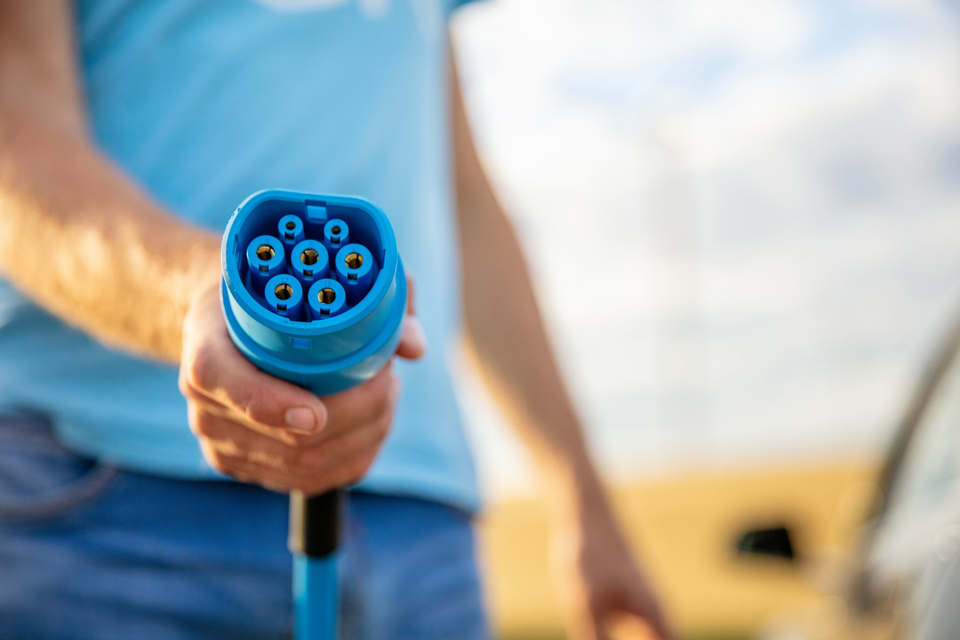






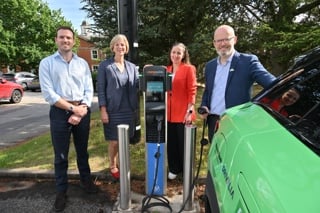
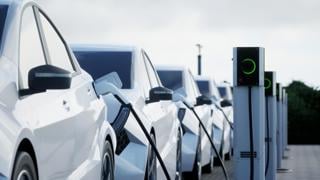
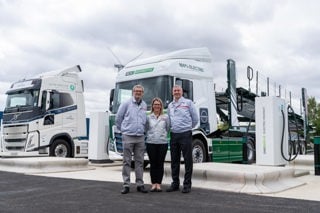





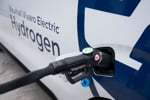






Login to comment
Comments
No comments have been made yet.